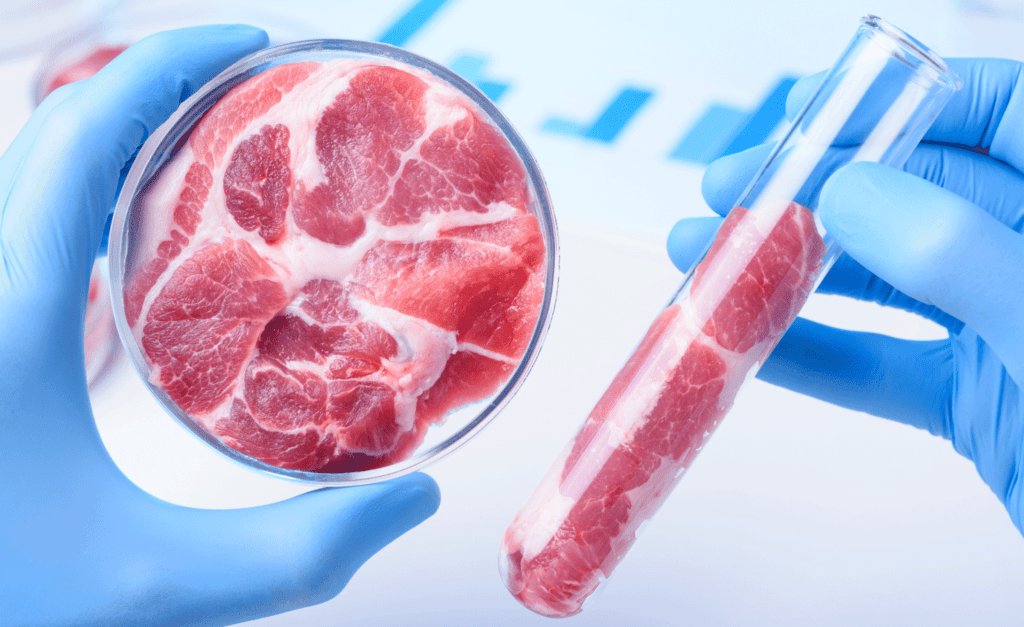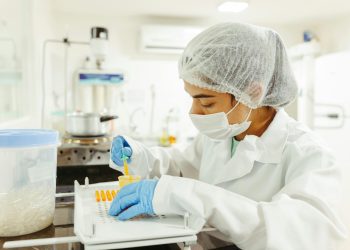Lab-grown meat
Cultivated meat — meat grown in a lab — has got investors, entrepreneurs, meat eaters, plant eaters and climate advocates very excited. It is easy to see why.
Livestock are responsible for 14.5 percent of global greenhouse gasses, according to data from the United Nations Food and Agricultural Organization. What’s more, research from FAO and others suggests that almost 86 percent of land use change, such as deforestation, is due to agricultural expansion, much of which is used to grow feed for animals or clearing land for ranching.

This begs the question: What if we could grow meat in large bioreactors the way we brew beer? After all, the process being used by lab meat companies is similar to the fermentation of yeast but instead works with mammalian cells taken from a small biopsy of the animal and combined with a growth media.
The pitch from lab meat proponents: We could have a juicy, meaty hamburger without the guilt of animal slaughter or the carbon emissions.
So the investments have come pouring in. According to Crunchbase, cellular agriculture (another name for lab-grown meat) garnered $1.2 billion from investors, and 2021 was on track for a similar amount.
At the end of last year, Future Meat raised $347 million from big food players Tyson and Archer-Daniels-Midland (ADM). Just Eats, the Singapore-based company that actually has a cultivated chicken product on the market, raised $267 million in 2021. The company is working to open a large-scale cultivated meat plant in Qatar. And in November, Upside, the Berkeley, California-based cultivated meat producer, opened its $50 million EPIC (Engineering, Production and Innovation Center) facility in the East Bay across from San Francisco.
But even with all the excitement and investment, the experts — both the scientists and the business people — know there are immense hurdles to surmount. These experts point to three big challenges when it comes to lab cultured meat. Those optimistic for the future of cultured meat think these challenges can be overcome with investment, technological innovation and time. The pessimists think these aren’t just challenges but problems that make lots of cheap, guilt free meat a sci-fi fantasy.











